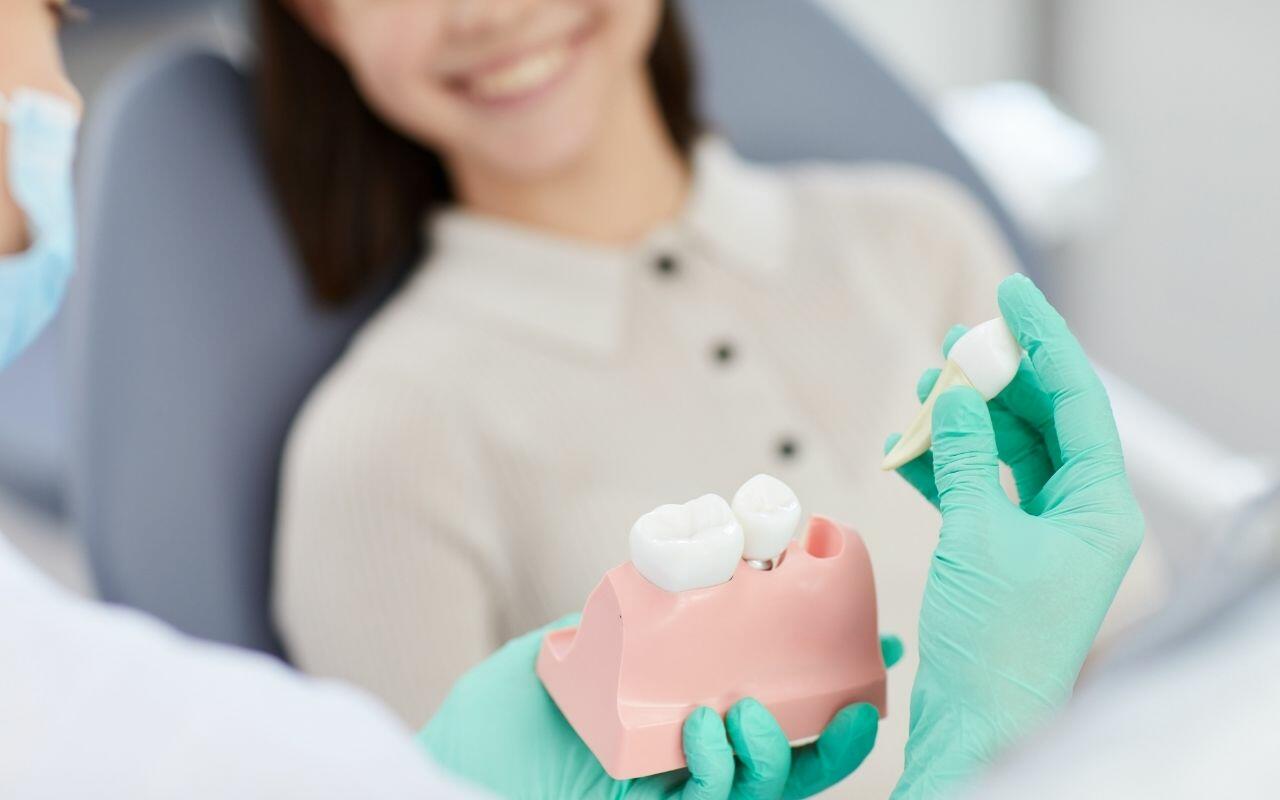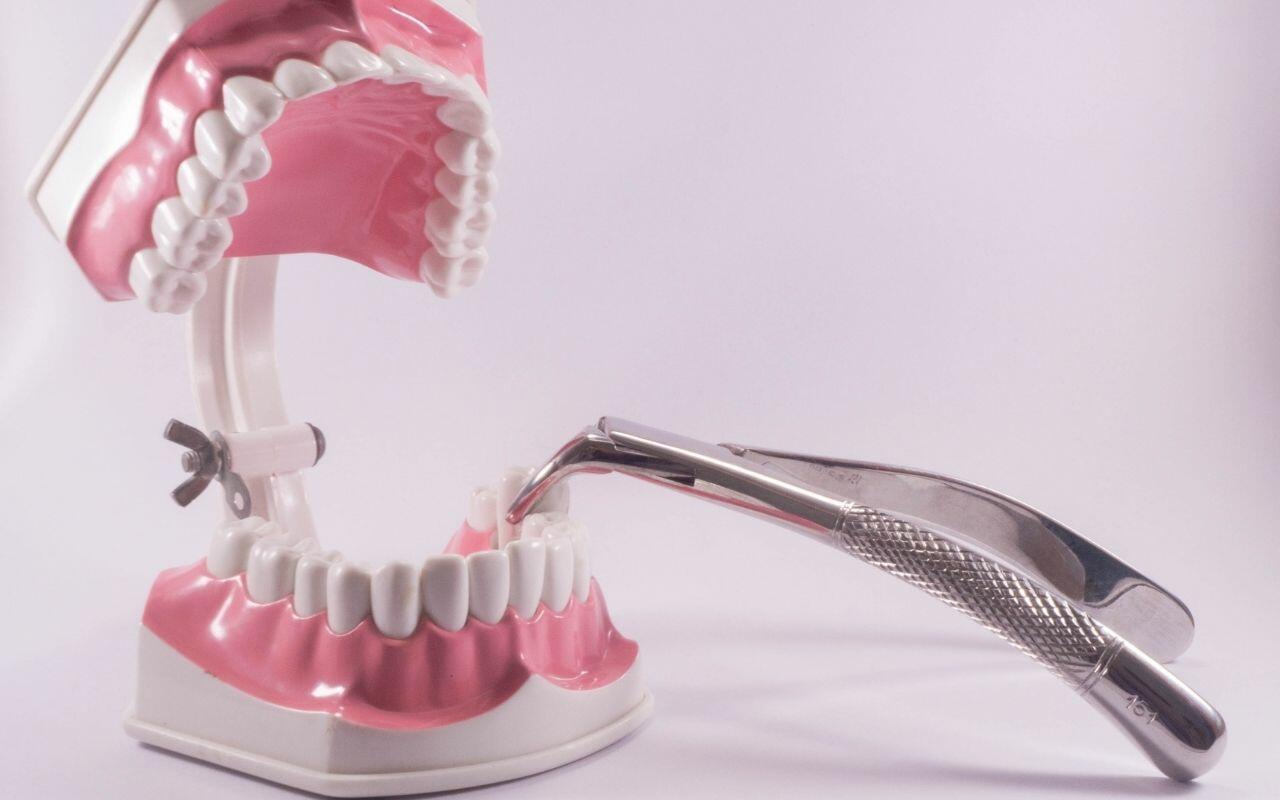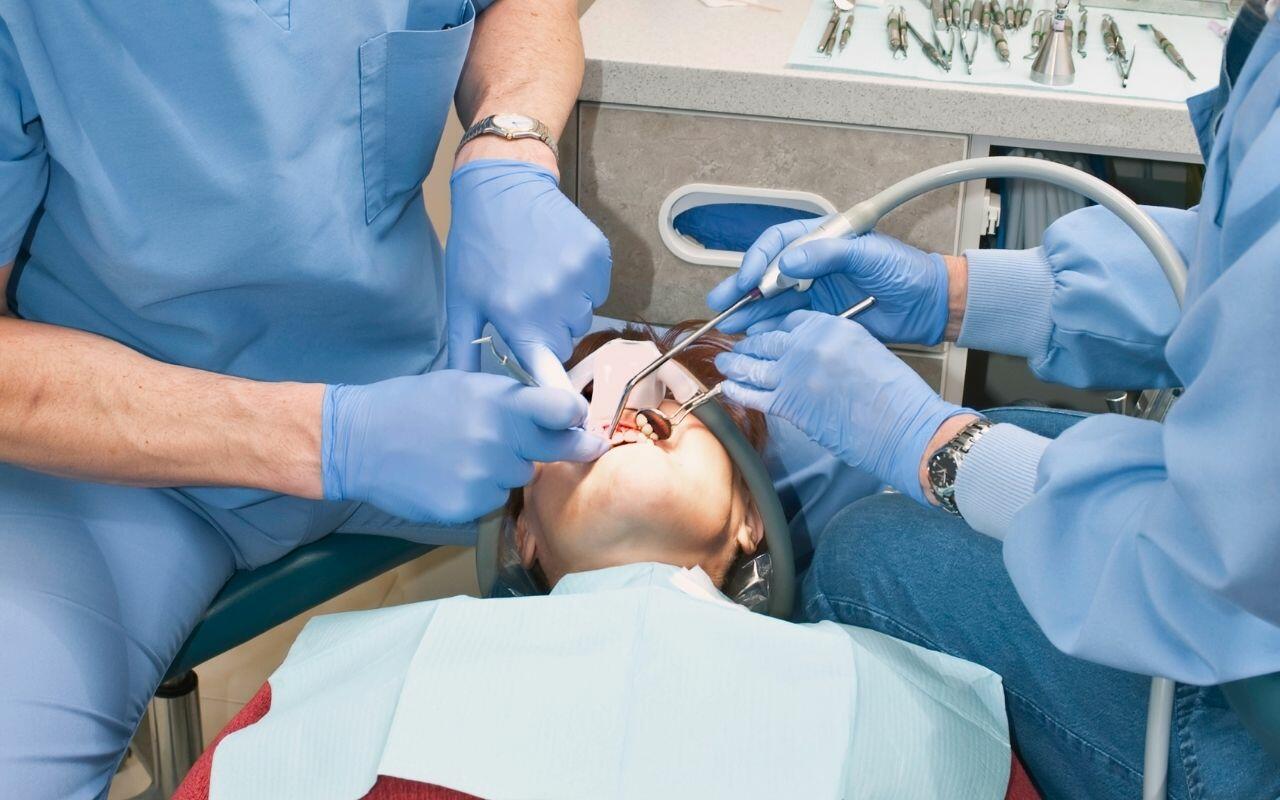Tooth Extractions & Removals
Your Guide To Standard Tooth Extraction Procedure And Aftercare
Tooth extraction is a standard procedure that involves the removal of one or more teeth from the dental alveolus, which is done by an oral surgeon or dentist and only takes a short time. Before having your tooth extracted, local anesthesia is administered to make the procedure painless.

General Dentistry
There are two types of tooth extraction:
Simple Tooth Extraction
It is a simple procedure performed to remove teeth that are visible and can easily be reached. The tooth to be removed is loosened then pulled out using forceps. The extraction is done under local anesthesia and is painless.

Surgical Tooth Extraction
It is a complicated procedure where an incision is made into the connective tissue to access the tooth to be extracted. It is the ideal procedure to employ for teeth that cannot be easily accessed, such as broken teeth under the gum line. Surgical extraction is done under general anesthesia. After surgical tooth extraction, a few stitches can be administered to close the gums.

Reasons For Tooth Extraction
- Tooth decay is the primary reason for tooth extraction. A tooth damaged by extensive tooth decay that cannot be treated by a root canal or dental filling may have to be removed to prevent the spread of infection.
- Tooth extraction is critical for a crowded mouth, where there is not enough room for teeth to fully erupt. Pulling out teeth eases the crowding and enhances teeth alignment.
- When one has severe tooth damage that extends into the nerves and blood vessels. The risk of getting tooth infection is high because bacteria can quickly gain entry to the tooth's center. Therefore, tooth extraction is necessary to counter the spread of infection.
- When gum disease is not treated during its early stages, it can be destructive to your teeth. Gum diseases such as periodontal disease cause tissue and bone infection, which compromises tooth support. The periodontal disease causes the loosening of teeth, causing them to fall out on their own, which necessitates extraction.
After Extraction
After tooth removal, blood clots in the extraction area (socket). A gauze pad is placed over the socket, which you are required to bite down on to reduce bleeding and enhance clotting. The gauze pad should remain in your mouth for 30-45 minutes.
If a blood clot does not form, the socket's bone is exposed; this is referred to as a dry socket. A dry socket is protected by covering the area for a few days with a sedative dressing to enable a new clot to form.
After surgical tooth extraction, maintaining oral hygiene is vital in preventing infections. It is essential to know what self-care measures to take to speed up your recovery.
Below are some tips to guide you on the do's and don'ts of surgical tooth extraction and aftercare measures.
- Put pressure on the extraction area by biting down the gauze pad until bleeding stops.
- After surgical tooth extraction, put an ice pack on your cheek to minimize swelling.
- After extraction, soft foods such as soups, yogurt, pudding, and smoothies are recommended. Hard foods can be slowly introduced as healing progresses.
- Avoid drinking fluids through a straw in the first 24 hours as it can dislodge the clot.
- Avoid drinking hot fluids because they may increase the swelling.
- Avoid smoking as it may break down the blood clot and inhibit healing.
- Brush your teeth gently and avoid brushing over the extraction site.
- Take the prescribed medication to ease the discomfort and pain experienced after tooth extraction.
- Take time off work to facilitate quick recovery.
- Rinse out the mouth using salt and water after 24 hours to keep your mouth clean and prevent infections.
- Use pillows to prop your head when sleeping.
It may take a few days to recover from a tooth extraction. Tooth extraction, just like other procedures, has a few risks involved. Some of the risks associated with tooth extraction include excessive bleeding, fever, chills, nausea, redness at the extraction site, and swelling. In case you experience any of these symptoms, it is important to notify your dentist.
If you are local to Toronto, Ontario, the best place to seek surgical tooth extraction is Bradford Family Dentistry. We have expertise in surgical tooth extraction and aftercare procedures through advanced technology and highly trained professionals. Call us for help getting rid of that problematic tooth to prevent further complications.
Book An Appointment Today!
We are conveniently located one block west of Highway 11 near the Old Bradford Library.
[contact-form-7 id=”1358″ title=”Contact Form”]
